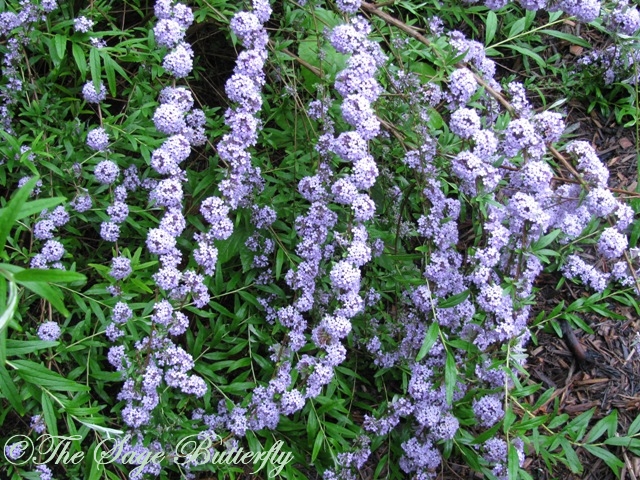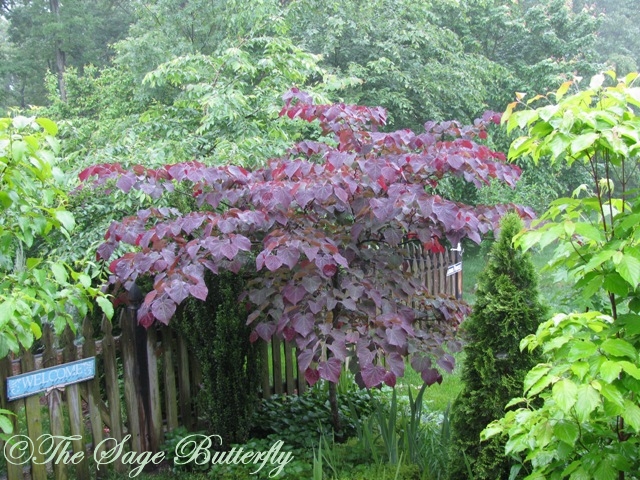When we bought our house and saw the slope in the backyard, we knew we had some challenges ahead of us. The yard extended about 15 feet out at grade, and then the slope began. We wanted to plant a vegetable garden, but we were not sure how to do that on the slope. For the first two years, I planted only tomatoes in a small bed on the slope which receives a lot of sun.
Now and then, we discussed how we wanted to build some garden beds. We did not want wood because it would not last long. We would have used cedar which would last quite a while, but we wanted something a little more permanent. Eventually, we discovered some retaining wall stone at Home Depot that seemed perfect for the job. These are made by Pavestone® and they have a lip on the bottom back which helps to hold them in place. Since we did not want to mortar our garden beds, these building stones seemed like a good choice.
 |
| Upside down paving stone with lip on bottom |
To get the beds to grade we needed them to be about two to two and a half feet high, and we decided to make them about five feet wide and about three feet deep. Sometimes those measurements varied as the hill grade changed. At first, we decided on four beds. However, we later realized we needed at least two more for a total of six beds--three on each side.
 |
| Each bed is about two to two and a half feet tall |
Level
Rubber Mallet
Sand
Crusher run or crushed stone
Pea Gravel
Pavestone® Anchor™Windsor Stone®
Shovel
Garden Trowel
Hammer
Chisel
To begin, we dug a trench about the height of the stone to lay the first row at the bottom (down the slope) of the bed. Digging in the first row adds stability to the bed. We spread a thin layer of sand over the trench and then spread the crusher run or crushed stones. We laid the stones in the middle of the first row and worked our way around, using the level to make sure each stone was level. We used the trowel to adjust the sand and crusher run/crushed stone to level the stones out. After placing each stone, we used the rubber mallet to secure it in place.
 |
| The first row is placed in the trench to add stability for the stones above. |
 |
| The rows meet the slope, and then the next row is laid. |
 |
| The first bed's top row encircles the entire bed, but the beds down the row meet the bed before it. |
 |
| We laid some gravel against the first two rows for better drainage and then backfilled with soil, compost, humus, and manure. |
 |
| The third stone from the end is a cut stone. |
For more information, the manufacturer, Pavestone®, has some building instructions on their site.
I am linking up with My Romantic Home for Show and Tell Friday.
©Michelle A. Potter


















































